Charles Pakana (Victorian Aboriginal News)
As Aboriginal businesses across Australia achieve greater success and prominence, working quietly in the background are individuals and organisations that are setting foundations upon which those successes can grow.
Among them is Dr Michelle Evans. She’s the director of the Dilin Duwa Centre for Indigenous Business Leadership at the University of Melbourne and Melbourne Business School. She is a recognised authority in the areas of Indigenous leadership and entrepreneurship and is also Co-Founder and program director of the award-winning Murra Indigenous Business Masterclass Program.
I was fortunate to catch up with her for yarn just north of the border in Albury. Michelle, welcome to the VAN Talks podcast.
Michelle Evans
Thanks, Charles. I’m really delighted that you’ve come to visit me here in Albury.
Charles:
Michelle, Let’s kick it off by starting to get an understanding of what are some of the challenges that face Aboriginal people in starting up businesses. Do they exist or are they just in our mind?
Michelle:
There are a lot of challenges, but I really want to just start by saying that Aboriginal businesses are a real phenomenon across all of Victoria and all of Australia really. And they’re growing and they’re not just micro, they’re big.
So there’s a whole range of challenges depending on where you are in your business life cycle, whether you’re small or big. And, but one of the major challenges for all business but specifically for Aboriginal business is raising capital for their business.
So when you start a business just normally everyone just kind of goes to their friends and family for that sort of money to kick it off bootstrapping themselves if you will. Of course our coffers are less than full if you will across our family networks and in our own selves. And this is about this broader yarn that we’re having in the community about building wealth and transgenerational wealth transfer. So…
Charles:
So that’s actually a problem that’s facing Aboriginal people. Because of the social impact of what’s happened in past generations, there’s not as enough of that transgenerational wealth that mums and dads, for example, the Bank of Mum and dad for Aboriginal communities doesn’t exist as much as it does in non Aboriginal, is that what you’re saying?
Michelle:
Exactly what I’m saying. So, and then there’s also a real difficulty or lack of trust between our community and some of the financial institutions that I think has built up over colonisation across the 246 years where people may not feel that they want to go in and get debt to kind of kick start their business or wish to.
Thinking about, what does that mean for my family or what if I have to leverage a mortgage if they’re really been able to build that up for their family. So there’s a lot of risk also and I think that is a social and a psychological risk.
And so it’s all about security as well, isn’t it? And of course, business is about taking risks and being out there and giving things a go. But I think there are a number of challenges in the kind of social history of how Aboriginal businesses have come up and we’ve had a lot of grant programs or support programs in the past. But I think it’s quite a different space now.
There’s actually just so much out there, it’s really hard even for me, kind of having a view across the sector to understand all of what’s going on.
Charles:
When you’re saying it’s different, what’s different in particular?
Michelle:
In particular, there are many more Aboriginal business support providers, and a lot of them are Indigenous led as well across the country. So whether it be Chambers of Commerce or different organisations that have grown up and starting to leverage grant funding out of government in in a way to be an intermediary to Aboriginal businesses or the Indigenous business sector, moreover.
And so you’ve got a lot of options now there’s stuff happening at local government level, states obviously federal as well. And then all of these not for profits, there’s philanthropic players getting in there, there’s impact investors hanging around, there’s just a lot going on in the Indigenous business.
Charles:
When you’re talking about local governments though, which is an area of particular interest, are you talking about Indigenous purchasing policies or we’re talking about actual physically, financially investing in local Aboriginal businesses?
Michelle:
I think both of those are true. I think there’s been a real policy turn towards wanting to engage with Aboriginal businesses at the local government level. We’re seeing some traction in the procurement space for local governments putting up a procurement policy. And of course, what really makes procurement policies work is having a target and being able to be accountable to that target.
So reporting it publicly would be the best approach where it just becomes real. It’s not just words on a paper or a good intention. It becomes rubber hits the road..
Charles:
We’ve talked about this before. We’ve talked about Indigenous purchasing policies, especially in the local government area, and one of the issues I brought up then was black cladding. How do organisations actually determine what’s a fair dinkum, Aboriginal owned organisation, and how can you be sure those funds are actually going back to Aboriginal community, Aboriginal people? So what’s the little guide on determining what’s black cladding and who’s black cladding?
Michelle:
Yeah. Look, it’s an excellent question and it certainly keeps a lot of people up at night and thinking about this particular area. But I’ll say a few things about that. What we have noticed is that businesses that are on registries, whether that be supply nation or chambers or other registries that are around are visible sometimes, not all of them, but Supply Nation.
For instance, some of the chambers as well have a verification process in their registration and they’re able to go back and and get documentation for people’s certification of Aboriginality and have that on their records and be able to hand on the heart say this is an Aboriginal business, but it’s not just that, it’s also. So that’s the ownership question. Then you’ve got the control question, who is controlling this business.
And so a lot of these players like Supply Nation, the chambers actually go into businesses and have a look, watch them, observe and try and get an idea. They look at the founding documents and understand the percentage ownership and also understand some of the individuals backgrounds, whether they’ve had managerial training or whether they got expertise in whatever good or service their particular businesses is focused on.
So there’s a lot of that. So you have ownership, you have control and management and these kind of three parts of understanding how Indigenous businesses are working, whether these businesses are Indigenous is a really important piece of information. And currently the federal government is doing a big consultation on reforming the Indigenous procurement policy.
And this particular question around defining Aboriginal businesses or Indigenous businesses very strictly will then lead to of course a definition for black cladding and what people have been worried about before. And we can totally understand and we’ve all seen potentially organisations like this is a non-Indigenous company or person taking Aboriginal person for a ride by making them that 50% player in the business. So is the solution to just knock out all 50% businesses and say only ownership of 51% is going to be an Aboriginal business? Will that solve this problem of perception?
Charles:
Right. That’s something though, that we assume that the federal government in this new body of work is going to be looking at and advising. But right now for organisations that are implementing RAPs, for example, where they want to have that 3 to 4% of Indigenous business purchasing, what do they do? What do they look for? Is it simply you’ve got to look for in Victoria, the Kinaway and Supply Nation accreditation? Is that enough, do you think?
Michelle:
Look, it is it’s the best we have for now. However, you know that is just a section at the Aboriginal business community and this is, this is another piece like not all Aboriginal businesses are registering and why wouldn’t you register if you’re going to become more kind of visible to people who want to purchase your goods and services?
It’s, it kind of brings up a lot of questions I think. But yes, that’s how you would go about it unless you have a long term relationship with the individual or the firm and you can do your own due diligence. I mean that’s of course the other option. There’s the easier way which is we’ve kind of created this role for Supply Nation and the chambers to do this work on behalf of the business sector, to build trust in the Aboriginal business sector by doing these sort of processes of verification
Charles:
What is it that’s holding people back from really opening up their eyes to look at viable Aboriginal alternatives to some of the big suppliers that they may have?
Michelle:
Yeah, it’s a great question and I heard recently, I hadn’t heard it before. And the Aboriginal businesses from this perspective that you talk over like the Triple C, it’s culture, it’s consulting, it’s construction. You know, when I look at the actual numbers of businesses and where they are in which industries, those are some big ones.
I must say that construction obviously is the biggest and consulting certainly up there, but so is health and so social assistance and so is all sorts of different things including administration services. I mean there’s all sorts, but what you from the procurers perspective, I think it’s an interesting thing to look through their eyes.
They’ve got a policy to implement. They’ve probably got some discretional spend on the side and whether or not it goes into addressable spend for the entire business. So it makes it easier to commit to targets if they can just pick certain things and address them quite quickly. So that then comes back on the procurers to go.
How am I going to develop long term and transformative relationships with suppliers? How can I build up Aboriginal businesses over, you know, a five year contract or more where they can become my best supplier in that particular category? How can we get more into relationships between category managers. And of course this is exactly why we need players like the Chambers and Supply Nation and also the celebration kind of platforms.
This is really one of the reasons we’ve been doing Indigenous Business Month is to really socialise the diversity of Aboriginal businesses across Australia. I think that’s really important, but also what it is to be an Aboriginal business, what it means and the impacts that business owners are having on their own families and communities.
We get into this interesting piece and I was really reflecting on it as I’m developing our submission for the federal government’s IPP reform process where they’re asking about further reporting from Aboriginal businesses to tell the stories about how they impact community.
And I’m thinking, gosh, as soon as we start talking about the different way in which business success is perceived by Indigenous entrepreneurs and business owners, now there’s these extra reporting requirements to fulfil kind of social concerns that the government has, that they want to address. But for me that is their concerns at a policy level. It is not the responsibility of businesses to really be reporting that. The government needs to go out and find out that information.
Charles:
But well, let’s go back to the responsibility of businesses. And it’s all well and good for suppliers to sit there and have a great service or a product and bemoaning their fate that they’re not getting onto preferred supply lists. But what’s on their shoulders in order to get out there and be noticed. Because you can’t just be a black organisation, sit back and expect the world to come and offer you everything.
Michelle:
Yeah, it’s a hustle, that is for sure. You’ve got to get out there. You’ve got to build relationships. You have to meet the minimum standards and certifications of your industry. You have to meet those kind of basic hygiene levels in your industry that you are so that even that is off the table now.
It’s about what sort of business offering you can place. You really do need, I think a good understanding of your strategy and what you’re bringing is different to other players in the sector. So that requires quite a strategic mindset as well. But gosh, I can see all the business owners that I know who are out there doing all sorts of trade shows and and taking phone calls and meetings everywhere with all brand new people to expand their networks, they’re very, very busy people.
Charles:
And what about Chambers of Commerce, as you mentioned? OK, Supply Nation, Kinaway, down in Victoria. From your perspective and from eyewitness accounts, people to whom you’ve spoken, what’s the real value at the end of the day for the Aboriginal businesses? What’s going to motivate them really to become a Supply Nation and a Kinaway endorsed organisation?
Michelle:
Yeah, it’s a good question. I think what they are doing their job, their role and maybe I’ll speak more to Supply Nation is it’s about building a market for our Aboriginal businesses. They spend a lot of time with, I assume, I mean, I’m not inside the organisation, but with members that are corporates or governments, not for profits, who are going to purchase from Aboriginal businesses.
And they do a training and they work with those players who have Reconciliation Action Plans or Indigenous procurement targets and they really socialise this idea of excellent Indigenous businesses. Chambers have a bigger kind of remit in a lot of ways and each different one is of course separate and different themselves.
Sometimes it’s more advocacy, sometimes it’s more support. But again, they’re about creating that market and I think honestly about building trust for doing transaction and doing business with Indigenous businesses and that’s a huge job and we really need those players out there talking to corporates, talking to government and talking up Aboriginal business.
So why wouldn’t you want to be a part of an organisation that is really laying a lot of the groundwork for you and with you? And also, you know, very passionate people like dare I say in Victoria, Karen Milward, who has been around for so many years, who has dedicated the last 20 years nearly to establishing the Aboriginal economic development space in Victoria, the Aboriginal business space and is in there influencing government and really holding them to account on their policies.
And so that sort of efficacy is inside of chambers drives the chambers which is why they become this kind of trusted voice and trusted advisor not just for governments but then for corporate organisations and the bigger kind of non-Indigenous Chambers of Commerce and and they’re the ones you really want to be a part of I dare say.
Michelle:
Let’s now get back to you and why you’re here now. Dilin Duwa is.. it’s only been around a couple of years. It’s certainly emerging as quite a force within the Australian Aboriginal business space. Give us a bit of a thumbnail dipped in tar sketch.
Michelle:
Dilin Duwa came out of our conversations with the Murra alumni. The Murra being a business program we run at the Melbourne Business School and it’s about 12 years old and the alumni kept on calling for research into the Indigenous business sector. So we convened a round table session in 2019 and out of that Charles came the idea for Dilin Duwa.
And that Dilin Duwa couldn’t just be about research. It needed to continue to offer programs to the Indigenous business sector and also do community engaged or democratise Indigenous business education out into the regions and remote Australia. So out of that was born Dilin Duwa.
And as you say we’re about 2 1/2 years old now. And we’ve been able to kind of bring together a lot of the work that I’ve been leading over the past decade with the alumni and with different academics all across the world to to really start to get a bit of traction on what needs to what are the building blocks we need.
Working with Indigenous business sector and then thinking a little bit more globally to make the case for indigenous businesses and Indigenous leadership. And for me a lot of the Success factors of of Dilin Duwa is about being there as a research centre for the Indigenous community.
And I’m really excited that over the past two years and we have had communities and community based organisations and different different kind of national bodies come to us and ask us to do research with them and I think that’s really very, very exciting.
Charles:
But what does it mean for the average Aboriginal business around Victoria? Is that going to or around Australia? Is it going to have an impact, this work?
Michelle:
Yes, I think it does.
Charles:
So let’s be specific. What are some of those impacts that you are hoping that it will have?
Michelle:
So we have bootstrapped ourselves and we fund the Indigenous businesses and corporation snapshot study every year or so. We do that and what that is before Dilin Duwa do a study on this.
There was no real empirical or statistical information to show us exactly what the Indigenous business sector look like, at least from the registries. But not just one registry. But all of them together and looking at their data with in partnership with the Australian Bureau of Statistics, were able to understand how much revenue Indigenous businesses as a whole are bringing to the economy, how many employers.
Charles:
So what does that mean for Aboriginal business?
Michelle:
It is about building trust in the economy. It is about showing that Aboriginal businesses are not just small micro businesses or as you said cultural, arts and tourism or consulting businesses, that they are all different types, that they’re all over Australia and that they’re doing quite well. They’re quite long term and by talking about this we can start to spell some of the stereotypes that we’re talking about earlier.
Charles:
yeah, exactly. But surely that’s going to take quite a while because you’re talking about changing mindsets of people, of organisations.
Michelle
Of course.
Charles:
So providing that information to the ABS and for that information then in the realisation to seep through to the big purchasing powers within big orgs, you’ve got to be looking at it. Coming on about a decade or so.
Michelle:
Easily a decade, 20 years. I mean these. This is a long term engagement, but we need to be indefatigable. We need to do it every year or every few years. We need to show how the growth is happening and what it means. And I think that it’s just no small task.
We also need to continue to develop the business acumen of the Indigenous business sector and we need to support all of that, which means it’s just more training, more opportunities for Indigenous business owners to have access to the best business education in Australia. And I think that will make a massive impact.
I’m already seeing that with the Murra firms. We’ve got nearly 250 across Australia and they’re doing incredibly well and they’re often showcased as some of the best Indigenous businesses in Australia.
Charles:
So who are the people you want contacting you?
Michelle:
Indigenous businesses who want to, you know, take it to the next level. You’re making some money, you’re doing OK, but you want to really grow your firm. That’s the sort of business that should be thinking about doing the Murra programme.
Charles:
But what would they be expecting to encounter in the Murra programme?
Michelle:
Oh, doing mainstream business education in Aboriginal contextualised cohort on strategy, on marketing, on understanding how to negotiate for their firm.
Charles:
This isn’t a six hour master class online course is it? This is fair dinkum Studies.
Michelle:
Fair dinkum studies at Melbourne Business School. Yeah, and we bring mob in, you know, 3 -4 days each time so they can build a network for themselves. Because often times Indigenous business owners are pretty lonely doing their whole thing, very busy.
So being able to have that Indigenous business network, which is also what the chambers are doing, you know, building that community because we need it. We need community to feel prosperous and to generate new ideas and to really help us find new people to do business with so that I think pay attention to your networks.
Definitely the research work we’re doing we’ll continue to try and influence at the more government level, even with the Reserve Bank of Australia work we’ve been doing to really try and open their eyes to say what can we do to make things to address the capital issue for Indigenous business.
Charles:
Michelle, we’ll need to wind it up now. I think what we might do in a couple of months is actually come back, have a yarn with some of the Murra graduates. So until then, Michelle, thanks so much indeed.
Michelle
Thank you.
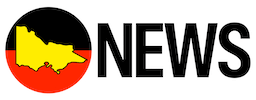

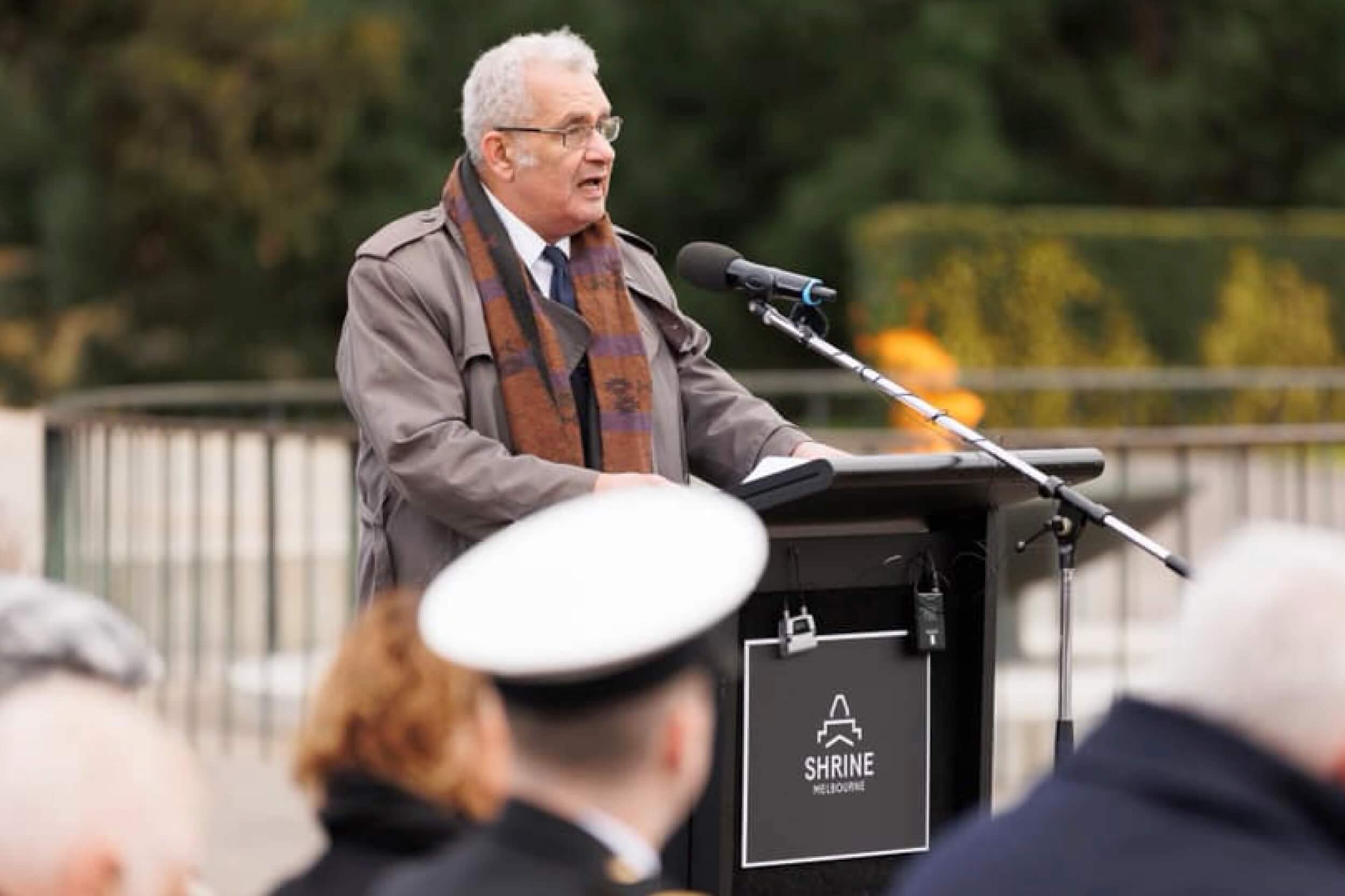
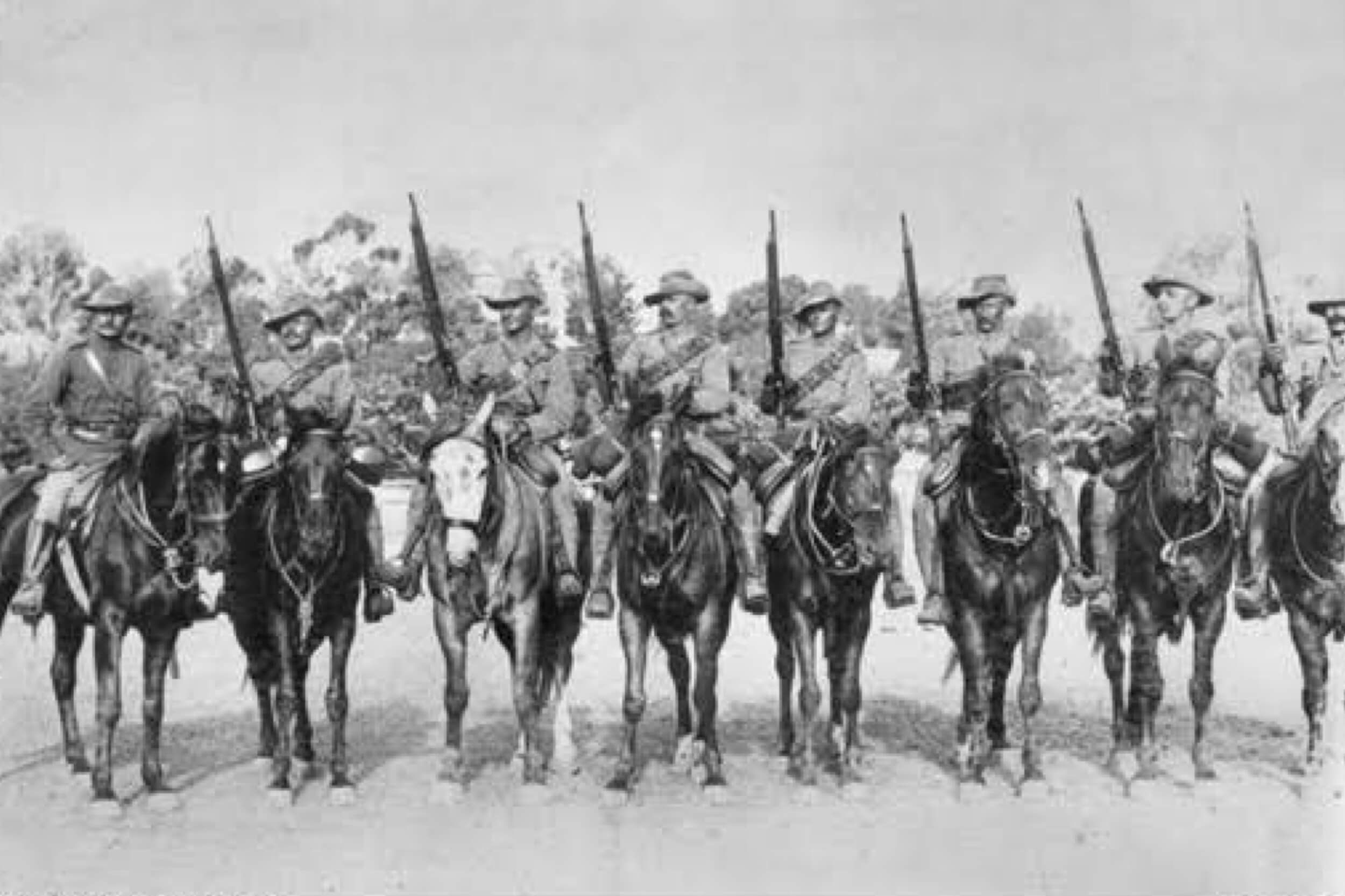
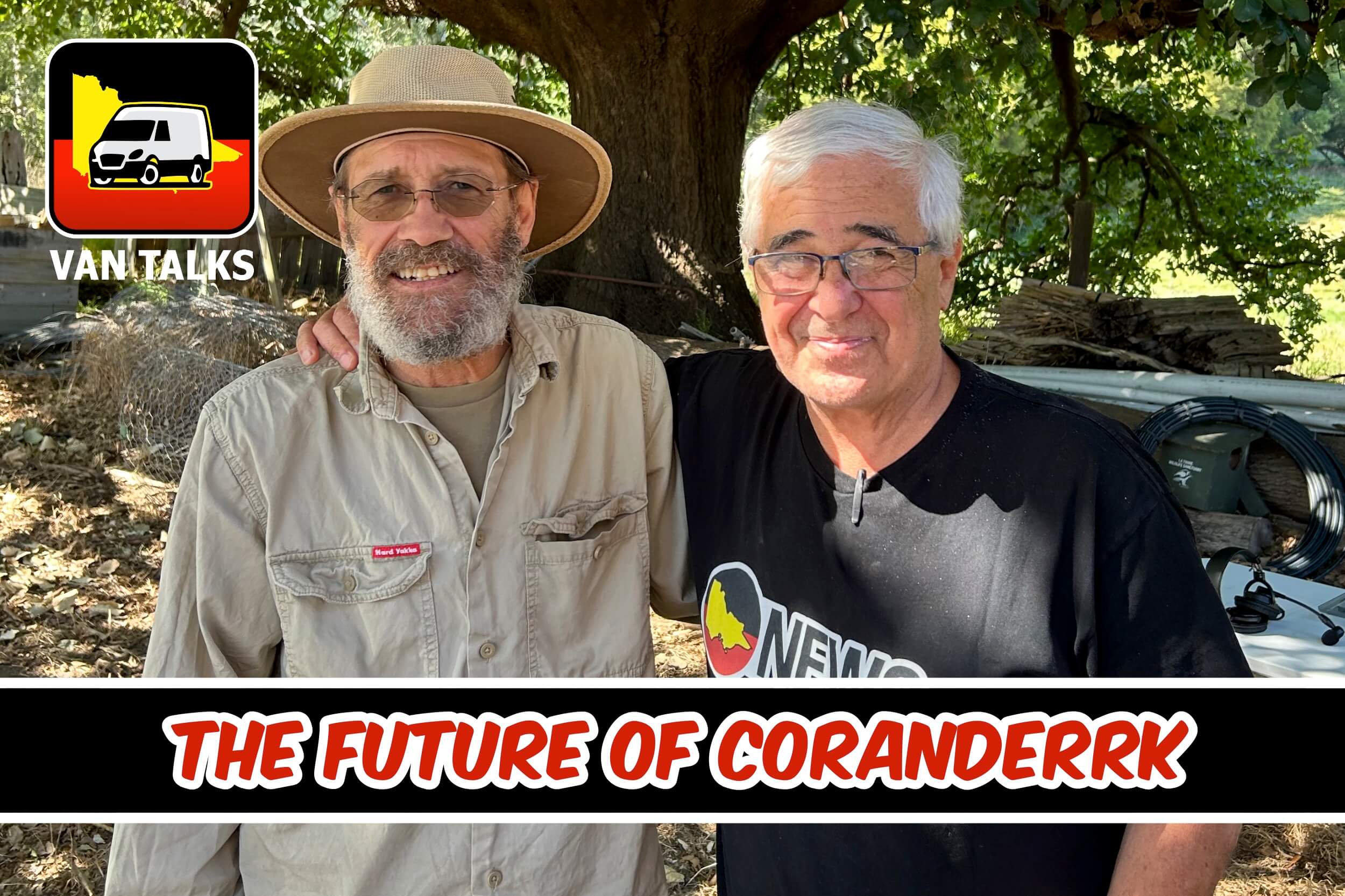
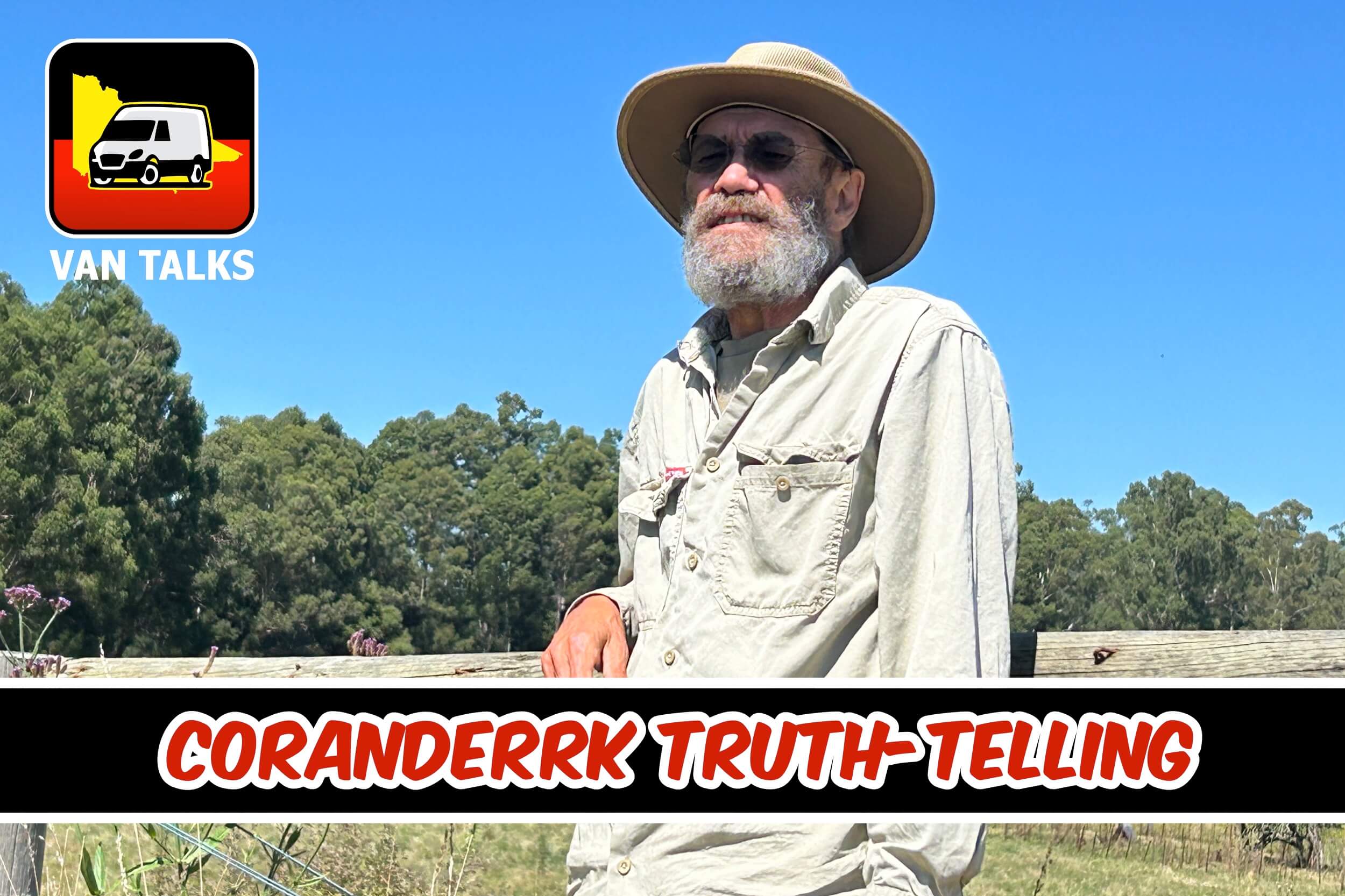
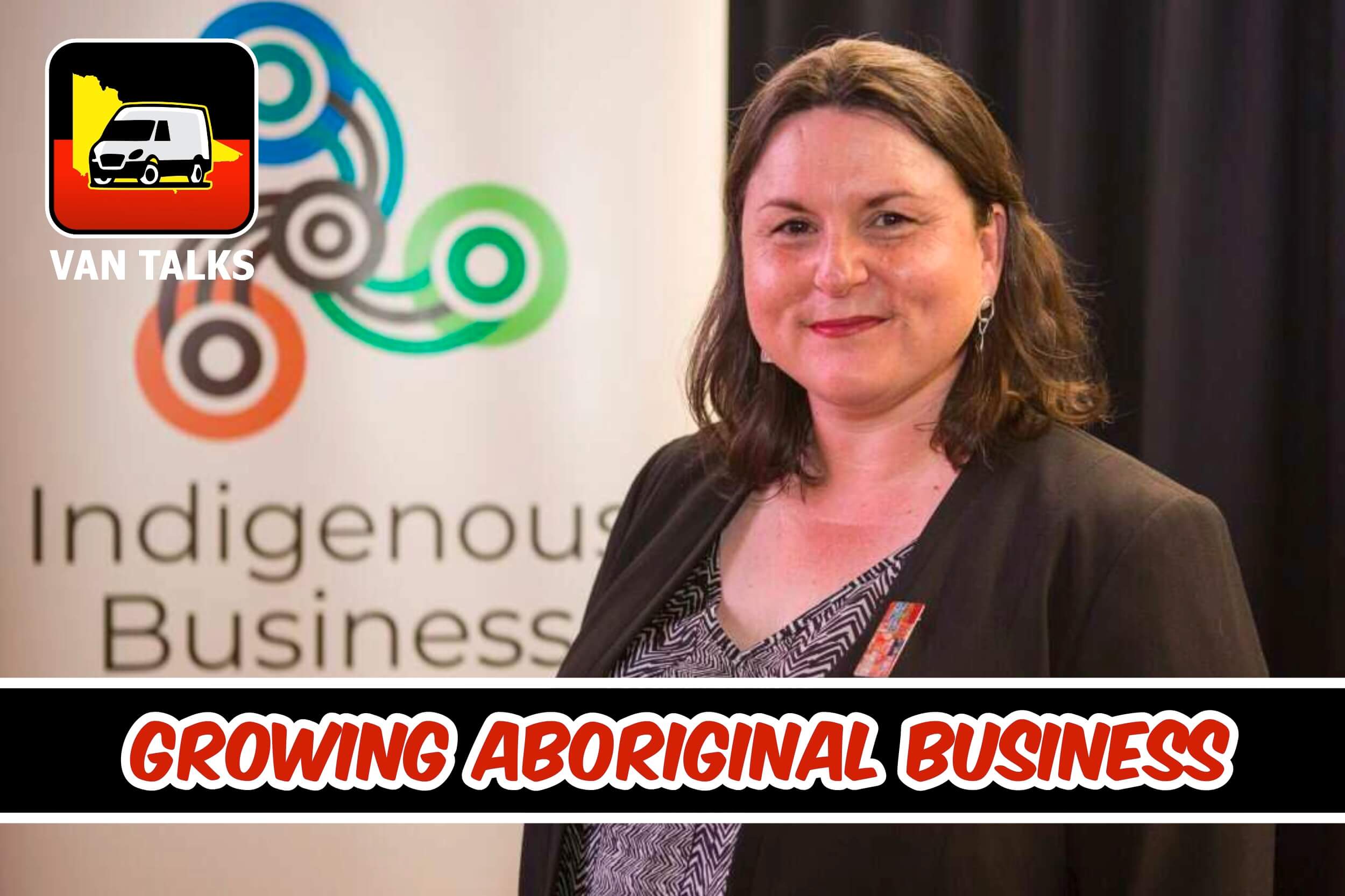

0 Comments